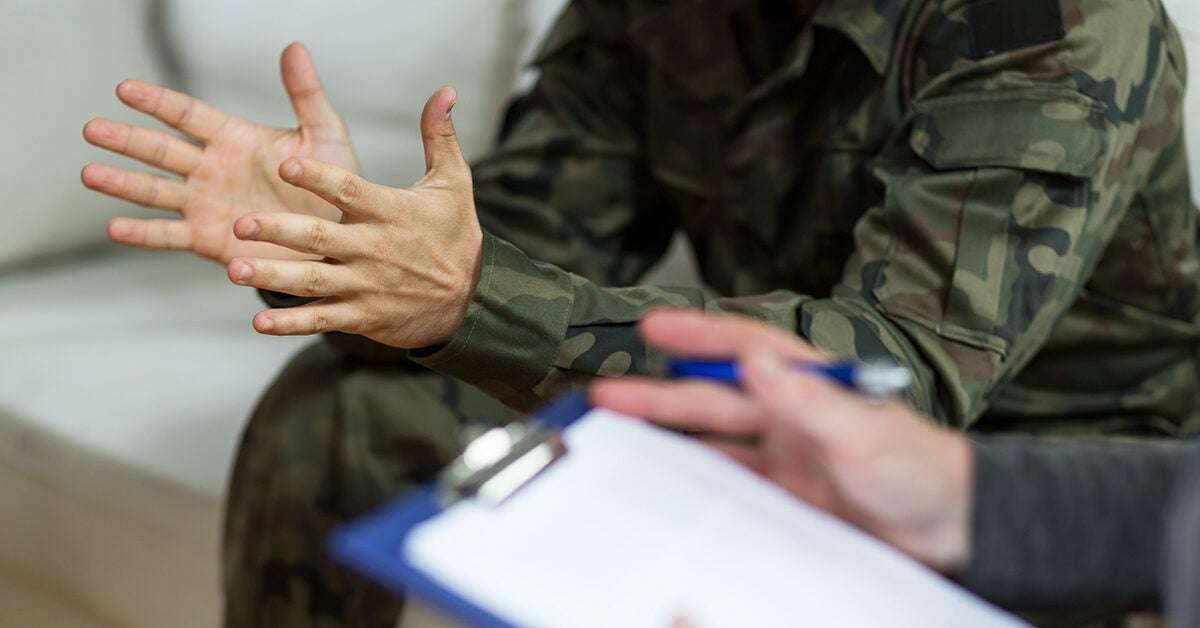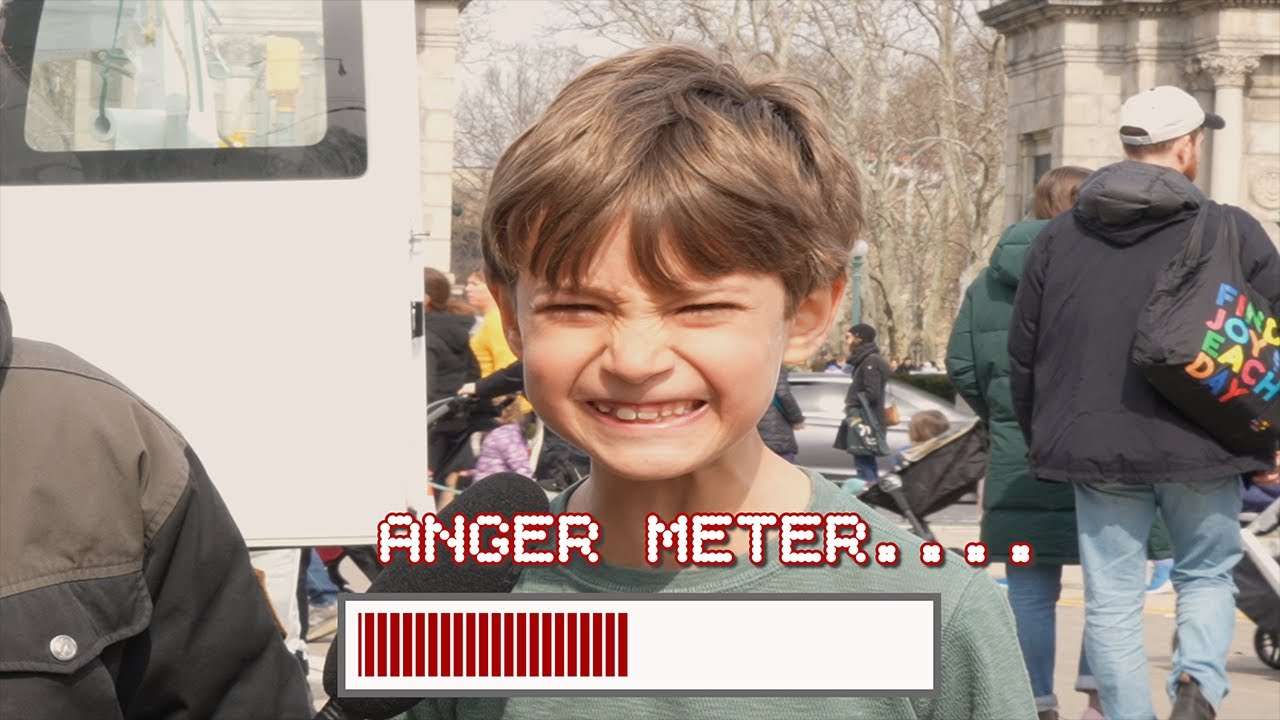Advantages
- Meichenbaum compared SIT to SD and found that SIT was better because it helped clients deal with a second, non treated phobia.
- it does not have any undesirable side effects that might be encountered with drug treatments. Unlike drugs there is also no problems with risk of addiction or withdrawal symptoms
- addresses the root cause of the problem – why the client is stressed – rather than just removing the symptoms of stress. This means it should have a longer lasting effect than other therapies which just deal with the physical effects of stress (e.g. drug therapy)
Disadvantages
- SIT requires a lot of time and money,while drugs work immediately SIT could take weeks and months to follow the three stages and change a client’s behaviour.
If stress is severely impacting aspects of your life, stress inoculation training may help.
Stress is a natural and necessary part of life. For some people, though, it can be particularly hard to manage.
If you live with post-traumatic stress disorder (PTSD), for example, you may be constantly hypervigilant about threats in your environment.
But PTSD, as well as other stress-related conditions, can be managed and anticipated. Stress inoculation therapy may be one option.
What is stress inoculation?
In medical terms, inoculation has a specific meaning. It’s introducing a weakened form of a disease to a person or animal to give them immunity. It’s a synonym for vaccination or immunization.
Stress inoculation is similar.
Vaccines stimulate your immune system to produce antibodies. They essentially teach your body how to fight infectious diseases.
Stress inoculation aims to help you build resistance to sources of stress and anxiety. It teaches your mind to react to possible stressors in healthier ways.
What is stress inoculation therapy?
Stress inoculation therapy, aka stress inoculation training, is one of many options for PTSD and high-stress situations.
It’s a type of cognitive behavioral therapy (CBT) that helps you prepare for stressful situations before they happen. Stress inoculation therapy can also help you understand your stressors and develop stress management skills.
Stress inoculation training aims to help you better cope with stress, so it doesn’t further impact your physical and mental health.
This training has helped people with PTSD manage stress-inducing situations. Also, it’s been used to prepare those who have a higher chance of developing PTSD, such as first responders and military personnel.
Stress inoculation could teach you skills to manage highly stressful situations, thus lowering your chances of developing PTSD.
A therapist leads the training, but stress inoculation aims to help you develop self-help strategies that you can incorporate into your daily life.
Stress inoculation training can also be helpful for:
- anxiety disorders
- depression
- phobias
- trauma
- substance use disorder
- intermittent explosive disorder
Phases of stress inoculation training
Stress inoculation therapy can be implemented in three phases:
- Education: The therapist helps you identify your main stressors and information about how the stress response works and any underlying conditions you might be living with, such as PTSD or anxiety.
- Skills development: The therapist helps you build on your existing coping skills and teaches you new techniques to manage stressors. These skills include emotional regulation, setting boundaries, and relaxation techniques.
- This phase sometimes includes a rehearsal element, where you role-play or practice your newly developed skills.
- Application: In the final phase, the therapist encourages you to use specific coping skills in real-life stressful situations. You then report back on your progress. Before ending training, the therapist will discuss techniques to help you avoid experiencing your symptoms again.
Stress inoculation training is designed to be a relatively short-term therapy.
Some people may benefit from a “booster session” a few months after the final phase. This will check in on your progress and discuss any new challenges with your therapist.
4 Techniques used in stress inoculation therapy
Stress inoculation training is typically tailored to your needs. The techniques used depend on your symptoms, experiences, existing coping strategies, and goals.
Because the training is also used in anticipation of highly stressful situations, these techniques aim to prepare you for the challenge.
Here are a few techniques that a stress inoculation therapist may use:
1. Cognitive reframing
Cognitive reframing means assessing your thoughts and changing them when they’re hurting you.
Negative thought patterns, or cognitive distortions, can lead to increased levels of stress and anxiety.
Stress inoculation therapy may involve helping you become aware of those distorted thought patterns and intentionally seeing them from a different angle or changing them.
2. Role-playing
When you live with PTSD and other anxiety disorders, you might find specific situations lead to higher stress responses.
Role-playing helps you explore the situations in a safe space. You would recreate stressful situations with your therapist and practice responding to them differently.
These could be situations you’ve already experienced or situations you anticipate facing. For example, firefighter training drills can serve as stress inoculation role-playing exercises.
Stress inoculation training can also help you set boundaries and address conflict with others. Role-playing can be effective at this.
3. Deep breathing exercises
The stress response affects your breathing pattern. When experiencing stress or panic, your breathing might become shallow and constricted. This reaction would increase your stress levels.
Stress inoculation can help you gently shift your body from that aroused state when you face a stressor.
Deep breathing techniques involve breathing from the diaphragm rather than the chest. The techniques can help you calm down quickly and prevent some of the strong emotional reactions to a stressor.
4. Progressive muscle relaxation
Progressive muscle relaxation works similarly to deep breathing techniques. You relax the body by gradually tensing and then releasing each major muscle group one at a time.
This technique also works as a grounding exercise. Relaxation can help you shift your attention from negative or anxious thoughts to bodily sensations. By changing your focus, you might better cope with a stressor or with your emotional reaction to it.
Let’s recap
Stress inoculation therapy can be a powerful tool if you live with stress-related conditions such as PTSD, phobias, and trauma.
The therapy can help you develop skills to cope with stress and fear. It can also help you anticipate and manage an overactive fight, flight, or freeze response to perceived stressors.
Stress inoculation training is typically a short-term intervention but can provide lifetime skills.
If you think this type of therapy could benefit you, consider reaching out to a cognitive behavioral therapist with training in stress inoculation.
Contents
Stress inoculation training (SIT) is a therapeutic intervention commonly used for treating clients with stress-related and/or trauma -related conditions such as posttraumatic stress disorder (PTSD) and anxiety . Therapists often use SIT to teach clients how to identify negative thinking patterns and triggers and develop coping skills to manage their symptoms and reduce their stress and anxiety .
Rather than addressing cognitive events, the automatic self-statements and images a client is aware of and can report, SIT emphasizes modifying cognitive processes and cognitive structures. Cognitive processes encompass the search, inferential, storage, and retrieval processes that operate unconsciously to shape a person’s perceptions. Cognitive structures include the core beliefs, principles, assumptions, commitments, and meaning systems that influence a person’s worldview. 1
Stress inoculation training is a type of cognitive behavioral therapy (CBT) . 1 It is commonly used to help people who have high levels of anxiety and stress; it can also help people who have PTSD cope and manage stress when faced with triggering situations. 1, 2 Therapists who use SIT work with clients to identify and alter negative thinking patterns that influence their perceptions and behaviors and then to reconfigure those thoughts and beliefs to create a more positive perspective. 1 They help clients develop resilience and learn how to manage stress before they experience it to protect themselves from anxiety and fear when exposed to triggers.
Canadian psychologist Donald Meichenbaum developed SIT, in the early 1970s, as a training program for stress and anxiety reduction. 1 As a contributor to the development of cognitive behavioral therapy, he believed that it was possible to inoculate people against stressful situations, thus preventing some of the adverse effects of stress. 3 ,4 Meichenbaum identified three phases of SIT: conceptualization, skills acquisition, and follow-through.
How Does Stress Inoculation Training Work?
During SIT, therapists teach clients to recognize triggering situations and develop coping skills that can help them when they encounter those triggers in the future. SIT is varied and depends on the individual client. The client’s treatment plan is developed according to their stressors, coping skills, and resources. The pace of treatment will depend on these factors so that the client is less likely to feel additional stress or become overwhelmed.
Three Phases of SIT
As noted above, SIT involves three phases. During the conceptualization phase of SIT, therapists conduct comprehensive interviews with the clients and educate them about how stress can negatively impact their life. One of the most important aspects of this phase is establishing a safe, warm, and caring therapeutic environment. This phase establishes the client as the so-called “expert” on their anxiety and assigns them considerable responsibility in the therapeutic relationship. In SIT, the client is an active agent, so the therapist encourages any self-monitored “homework” assignments to come from the client. This collaboration helps shift the client narrative from being a victim of anxiety to seeing problems as addressable.1 Clients learn how to identify negative thought patterns that cause or worsen stress.
Once clients complete the conceptualization phase, they move into the skills acquisition phase. During this phase of treatment, therapists help clients reduce anxiety and stress by teaching them appropriate coping skills for their situations and having them rehearse these skills. The therapist uses imagery recall, role-play, and graded assignments to instill how to use their maladaptive feelings, thoughts, behaviors, and reactions as cues to use their new coping strategies. The clients’ strengths, weaknesses, and stressors will all be considered during this phase.
There are four common types of coping skills that are generally part of the skills acquisition phase of an SIT treatment plan: applied relaxation, cognitive restructuring, problem-oriented self-instruction, and self-reward/self-efficacy self-instruction.1
Applied Relaxation.
These relaxation techniques are meant to help clients manage their anxious arousal. Therapists train clients in skills such as progressive relaxation procedures, relaxation without tension, pleasant imagery, breathing exercises, and cognitively cued relaxation. The therapist and client work on these coping strategies in the therapeutic environment. The client then applies them in nonstressful situations to work up to using them in stressful situations.1
Cognitive Restructuring.
Cognitive restructuring is commonly a five-step process that involves evaluating the validity of thoughts and beliefs, evaluating predictions, exploring alternative explanations, retraining in attribution, and altering catastrophic thinking styles. This poses clients’ automatic thoughts as hypotheses, not facts, that can be proven or disproven in experiments designed by the client and therapist. Cognitive restructuring helps clients view their anxiety as a problem that they have the tools to solve, as opposed to a personal threat.1
Problem-Oriented Self-Instruction.
This coping skill includes task-oriented, problem-solving, self-instructional training for clients who don’t have the cognitive skills to problem-solve effectively. This training is designed to fit the client’s cognitive and behavioral styles; it is aimed at addressing the specific anxiety-inducing demands in the client’s life, like preparing for an exam or making small talk in a social scenario.1
Self-Reward/Self-Efficacy Self-Instruction.
Self-reward/self-efficacy self-instruction consists of making believable self-statements. These statements can provide support for successful coping, rewards for trying to cope even when anxiety is not fully managed, realistic future expectations for anxiety control, and self-attributions to gain control over anxiety. Examples of these statements include, “Just stay cool. Getting all anxious and upset won’t help,” “Develop a plan. What would the first step be?” and “Don’t jump to conclusions. Check out the possibilities.”1
After learning these coping skills, clients enter the third phase of SIT: follow-through. During this phase, clients will test and strengthen their coping strategies in therapy before implementing them in real-life situations. The therapist might use various techniques to evoke real-world experiences, including visualization, role-play, simulations, and in vivo exposure, before the client brings the learned strategies to their day-to-day life.1 This third phase also encompasses relapse prevention. When clients fail to manage their anxiety outside of therapy, they may lapse into negative self-talk and forget the progress they’ve made and skills they’ve learned. Because of this, clients and therapists identify and rehearse situations that they deem high risk, or likely to cause relapse, so that the client has the skills to handle them. The therapist reminds the client that they will still experience anxiety; SIT does not eliminate stress from their life, but they are now equipped to handle it. They also encourage the client to credit themselves for their progress.1
The length of treatment during SIT varies greatly because it depends on the individual client’s needs.7 Sessions usually last 60 to 90 minutes. Clients might begin with up to 12 weekly sessions and then come back for additional follow-up sessions for a year or more. 6 SIT can be used in group therapy as well; practitioners recommend that group treatment span eight to 22 sessions lasting 75 to 90 minutes each, but length and quantity should still be based on the clients’ performance.1




